Aqueous self-assembly of short hydrophobic peptides containing norbornene amino acid into supramolecular structures with spherical shape
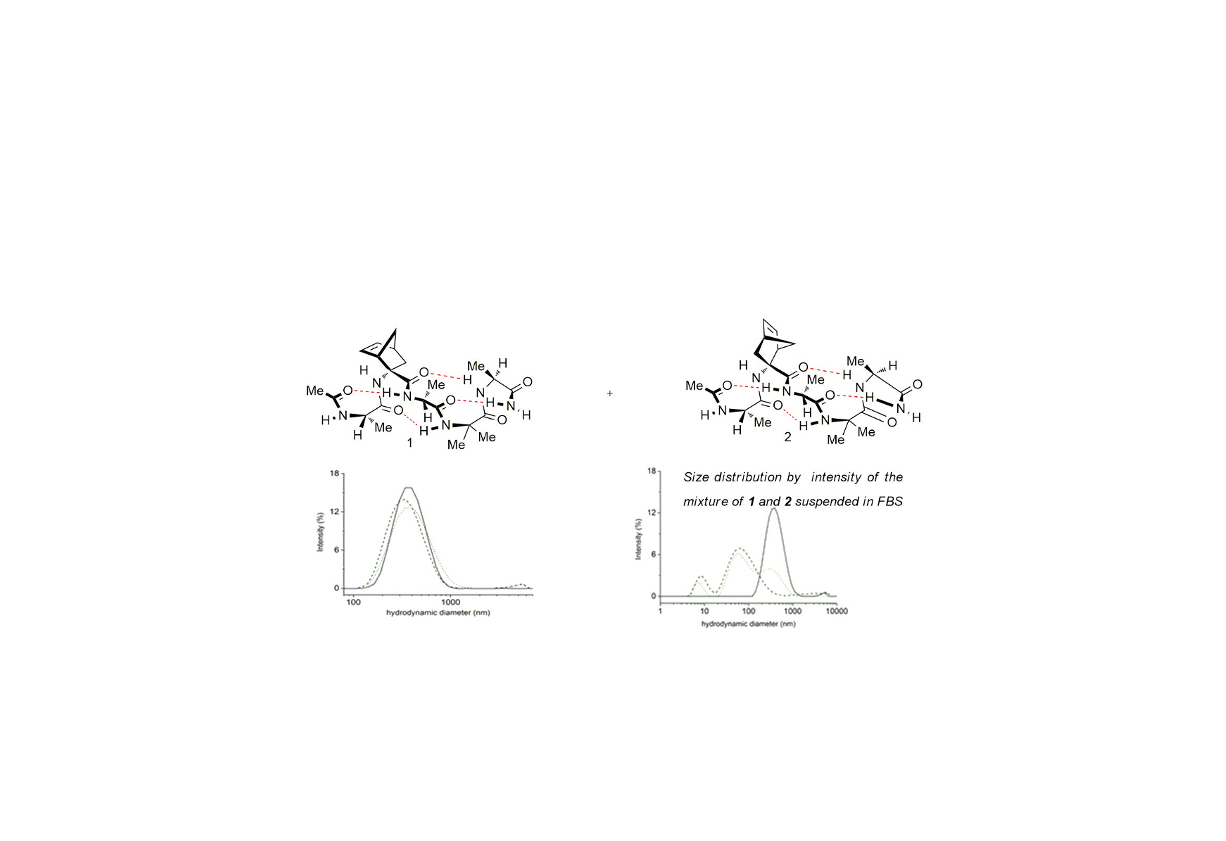
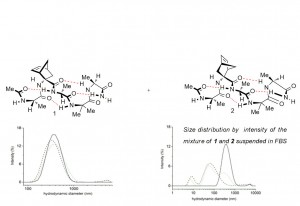
DOI: 10.1039/C6RA17116H
formation of supramolecular assembly is reported. The two diastereoisomeric pentapeptides AcAla-
NRB-Ala-Aib-AlaNH2 1 and 2 containing the two enantiomers of non-proteinogenic norbornene amino
acid (NRB) were synthesized in an efficient way and in good yields. They were insoluble in organic
solvent, except MeOH and DMSO, but completely soluble in water despite that they are made of
hydrophobic amino acids. The formation of a supramolecular assembly in water was assessed by
Transmission Electron Microscopy (TEM) and Dynamic Light Scattering (DLS) using 1 and 2 individually or
in a mixture. Conformational analysis on the two diastereoisomers, performed in CD3CN, CD3OH and in
H2O/D2O, indicated the formation of a stable 310-helix structure for both peptides: the helix structure is
more stable in CD3CN and CD3OH than in H2O/D2O where a helix/random coil transition was observed.
Apparently, the norbornene moiety plays a role in the stabilization, in fact 1R2R3R-norbornene AA
present in peptide 2 induces a more stable secondary structure with respect to the 1S2S3S-isomer
present in peptide 1.
Self-assembly is a spontaneous process by which unordered
systems of monomers organize into ordered structures as the
result of non-covalent interactions including van der Waals,
electrostatic, hydrogen bonding, and stacking interactions.
Self-assembly lies behind a number of biological nanostructures
such as DNA double helix, protein’s tertiary or
quaternary structure, cell membranes upon self-assembly of
phospholipids. In this scenario, better insight into the formation
of vesicle-like supramolecular structures from small
molecules, especially simple peptides, is of particular interest
for the understanding of prebiotic organization and life.
Moreover, the concept of self-assembly has also been used in
many disciplines for constructing useful materials. In particular,
a number of papers report on spontaneous assembly of
peptides into ordered nanostructures with a variety of
morphologies and the number is still increasing. Most of them
describe supramolecular assembly from high molecular weight
peptides as well as by small- or medium size peptides conjugated
with molecules of nonpeptidic nature. Short peptides
alone self-organize predominantly into nanotubes and nano-
fibers. Spherical (micellar and vesicle-like) architectures are
less described although their appear very attractive, due to their
promising applications in biomedicine and nanotechnology.

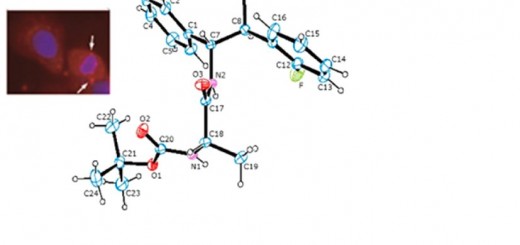

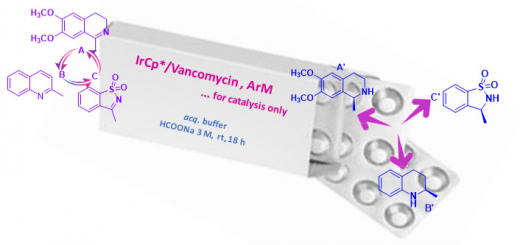

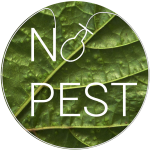
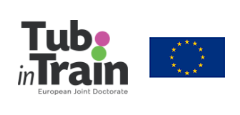

comments